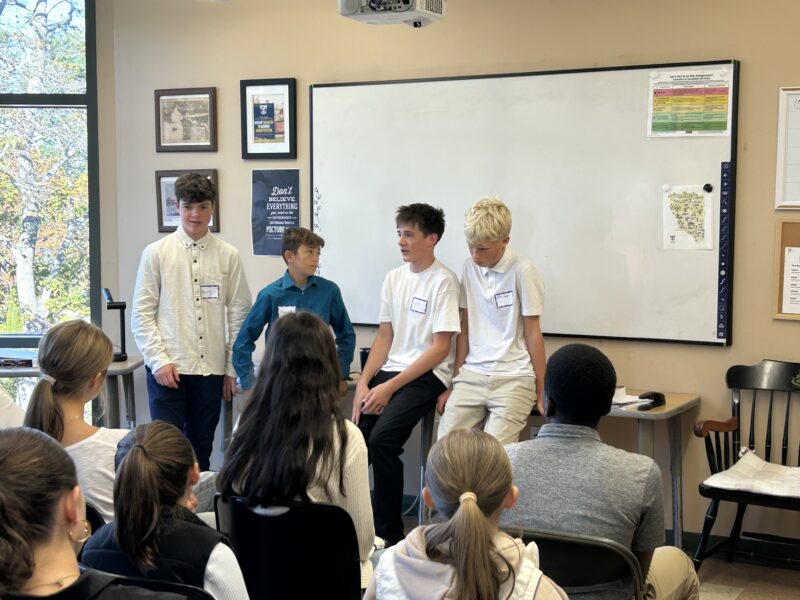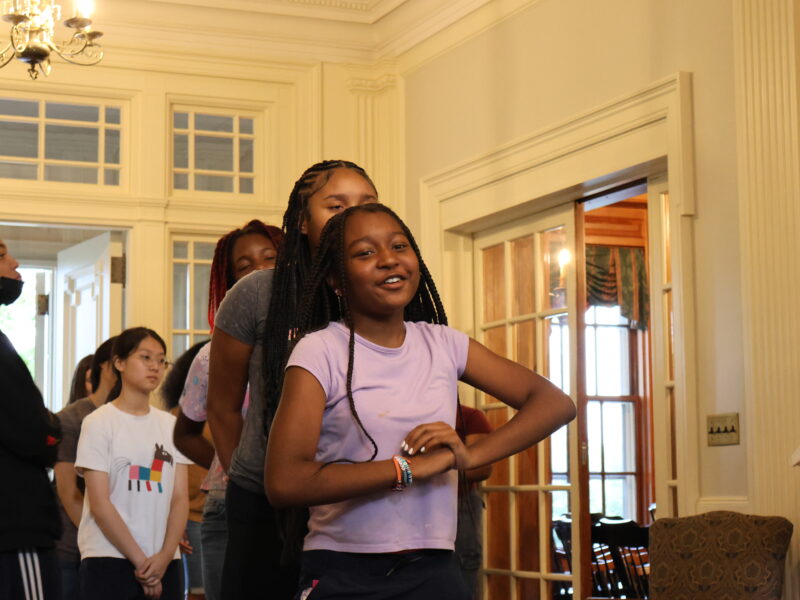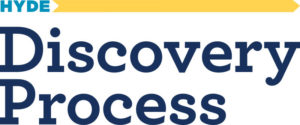
Every school has a culture. Here’s the question: Is yours by design or default? In other words, is your culture the result of intentionally considered ethics and principles supported by a deliberate program designed to inspire those qualities… OR… Is it an ethos manifested in behavior patterns that have taken hold in the absence of principles or program?
Great school cultures are hard to explain and even harder to pull off. As a 45-year character educator, I have observed that truly inspiring school cultures consistently embody three onion-like layers of characteristics:
- A shared belief in the school’s purpose and reason for existence.
- A common language reflecting and supporting that belief.
- A program of activities, expectations, and norms supporting #1 and #2.
Two out of three might get you a positive school “climate” (How students and teachers feel) but you need all three to get to an inspirational culture (What students and teachers actually do).
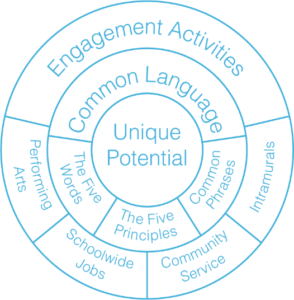
Let us consider the Hyde Discovery Process as a specific example of the three components at work. At the core of the “onion” is the belief that “every individual is gifted with a unique potential that defines a destiny,” a statement greeting all visitors to Discovery Process schools. As students and teachers, we develop character as a means to discovering our unique potential. (Playing a dual role as facilitators and participants, Discovery Process teachers model the notion that we, like all humans, are works in progress.)
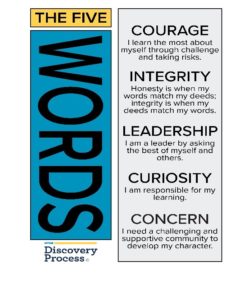
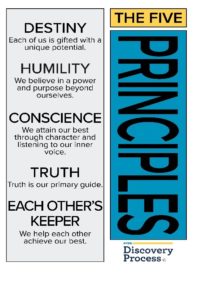
The second onion layer is a Common Language consisting of Five Words and Five Principles. We call the former the “I” words (i.e., What I need to do.) and the latter the “We” words (What we need to do.) Although the Discovery Process offers 134 lessons designed to teach the essence of the common language and accompanying common phrases, its effectiveness depends upon students and teachers recognizing and making the most of teachable moments that happen inevitably throughout the day. What does that mean? Well, when…
- Johnny tries out for the school play, someone says, “Awesome Courage, Johnny.”
- Debbie stops to hold the door for a janitor dragging a mop and bucket down the hall: “Nice Concern, Debbie.”
- Students comes across a $20 bill on the playground and decide to turn it into the front desk receptionist: “Let’s hear it for Integrity and Conscience!”
The third layer consists of the primary engagement activities. While the Discovery Process highlights community service, intramurals, performing arts, and a student jobs program, the actual activities matter less than the conscious effort to include everyone while prioritizing attitude over aptitude, effort over ability, and character over talent.
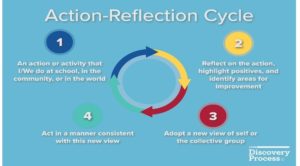
These three layers interact together in a 4-stage process of personal growth and character development we call the Action-Reflection Cycle where students:
- Act: do homework, speak in public, play soccer, sing, etc.
- Reflect upon the attitudes and behaviors they exhibited.
- Internalize and adopt a new view of self.
- Act in a manner consistent with this new view of self, reinforcing it through continued action-reflection.
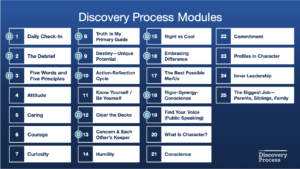
As with luck, an inspiring school culture is the residue of design and effort. It may be hard, but it is also doable.
Onward, Malcolm Gauld

